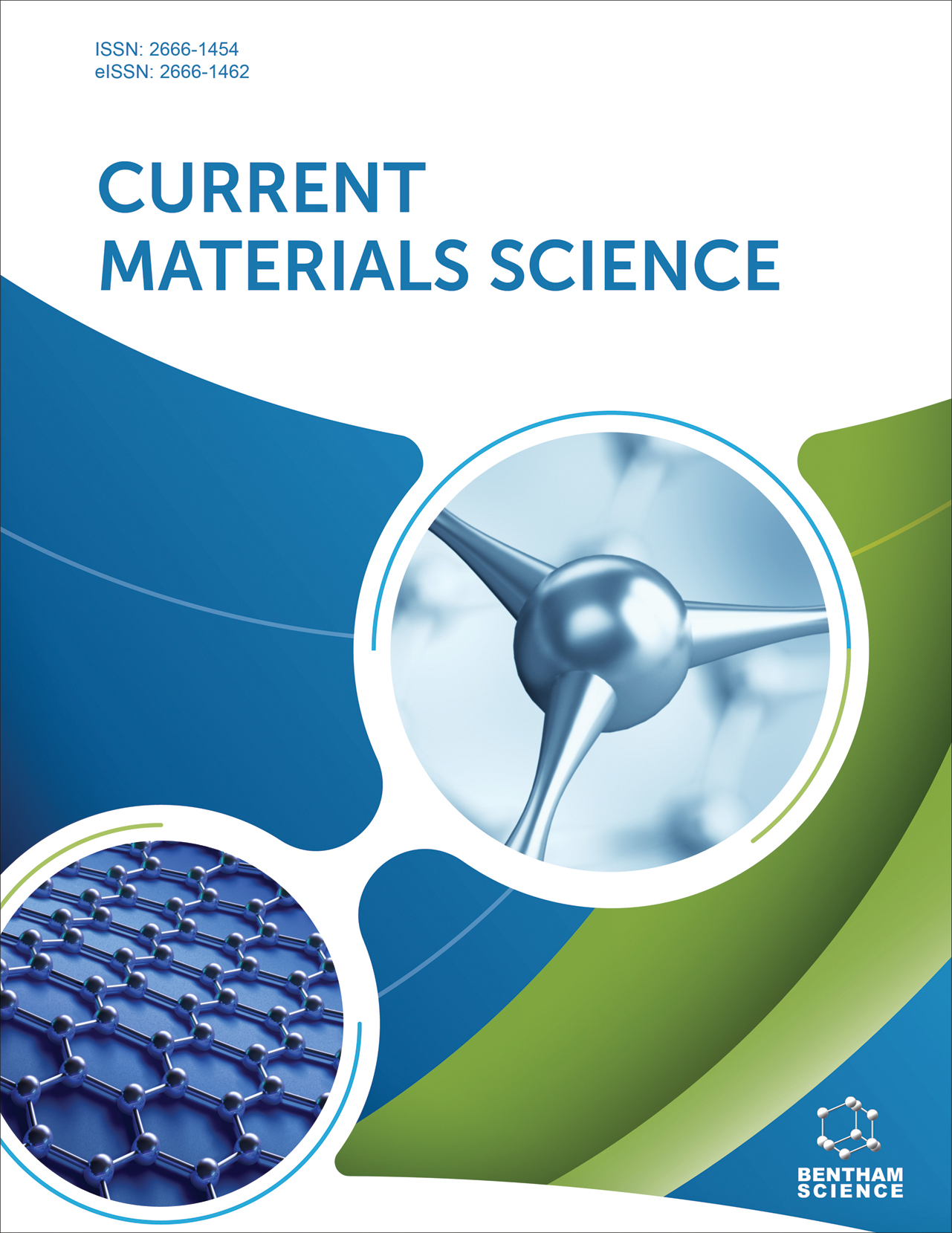
Full text loading...
We use cookies to track usage and preferences.I Understand
A grid is an interconnected network for electricity delivery from the producer to the consumer. This review focuses on the challenges associated with the integration of renewable energy into the grid, as well as the solutions that can be used to reduce the environmental impact of climate change and achieve sustainability. Renewable energy such as solar energy, wind energy, hydroelectricity, geothermal energy, and tidal energy are the sources which can help us to achieve the reduction of CO2 emission in the atmosphere, which is directly linked to climate change and global warming. In our study, we focussed on sustainable development and decreased CO2 emissions. The grid is essentially an interconnected network for delivering electricity from the manufacturer to the consumer, and the manufacturing segment should be replaced by renewable energy for us to meet our goal.

Article metrics loading...

Full text loading...
References


Data & Media loading...

